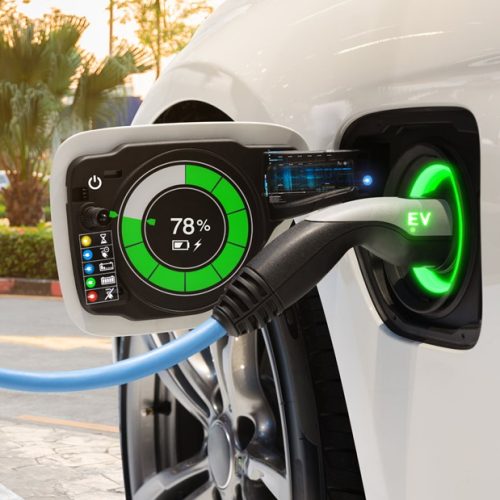

Buying a zero-emission electric car through your limited company could mean 100% tax relief in year one. Understand the capital allowances and boost your business’s tax efficiency with smart vehicle choices.
If you are considering purchasing a company car through a limited company, it’s important to understand the tax implications, especially the significant tax write-offs available for electric vehicles with zero emissions.
The tax treatment will depend on how the car is financed, but in most cases, the vehicle will be classified as a fixed asset, with tax relief available through capital allowances. Unlike other business assets, company cars do not qualify for the Annual Investment Allowance (AIA). Instead, they fall into specific capital allowance categories based on their CO₂ emissions and when they were purchased.
If you purchase a new and unused fully electric or zero-emission car, it qualifies for a 100% First Year Allowance (FYA). This means:
If the car does not meet the criteria for 100% FYA, it will fall into one of the following categories:

When selling assets on which capital allowances were claimed, you may need to adjust your taxable profits with a balancing charge or allowance. Understanding these rules ensures you don’t face unexpected tax liabilities. Learn how to handle asset disposals correctly.
Typically, the value of the asset sold is considered to be the amount for which it was sold. However, if the asset was given away, no longer used, or sold for less than its market value, then the market value should be used.
If you initially claimed 100% tax relief on the asset, the business is required to add back the difference between the sale price and the original value to their taxable profits. This adjustment is known as a balancing charge. A balancing charge ensures that a business does not receive more tax relief than it was entitled to on the purchase of the asset. Essentially, the balancing charge operates in the opposite manner to a capital allowance, increasing the amount of profit on which tax is due.
If writing down allowances were used initially, you may face either a balancing charge or a balancing allowance.
There are specific rules that apply when calculating a balancing charge, particularly in the following cases:
In the year your business closes, instead of claiming capital allowances, you must enter a balancing charge or balancing allowance on your tax return.